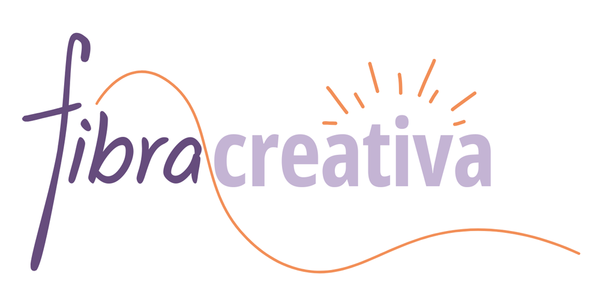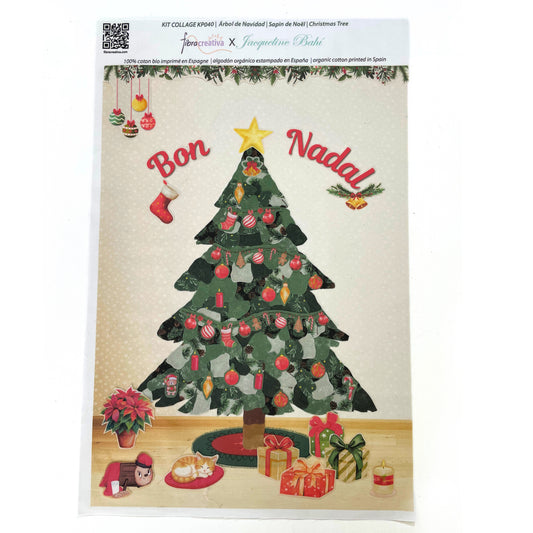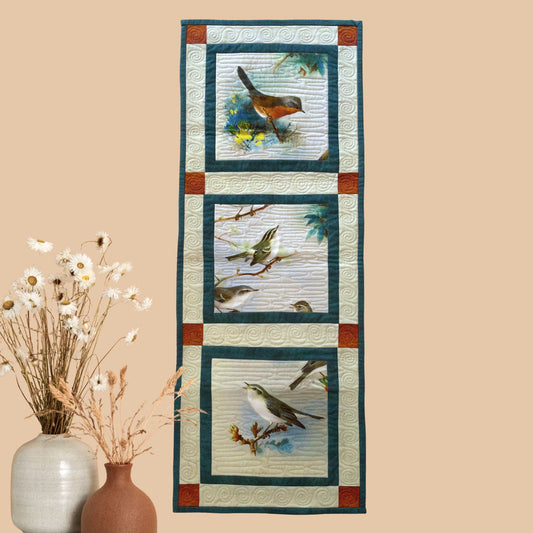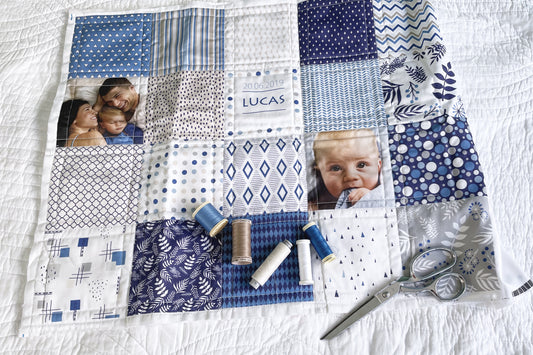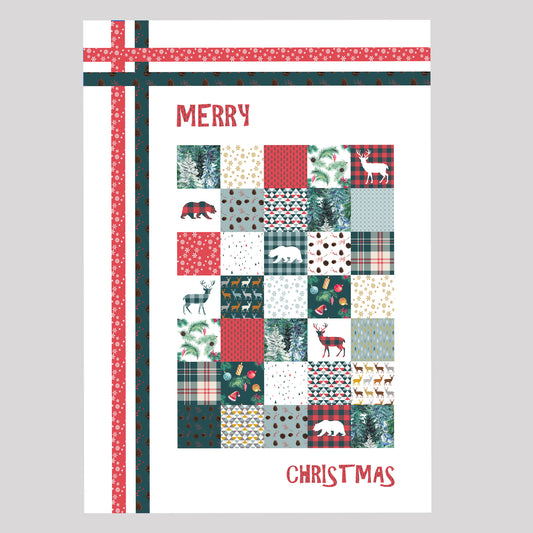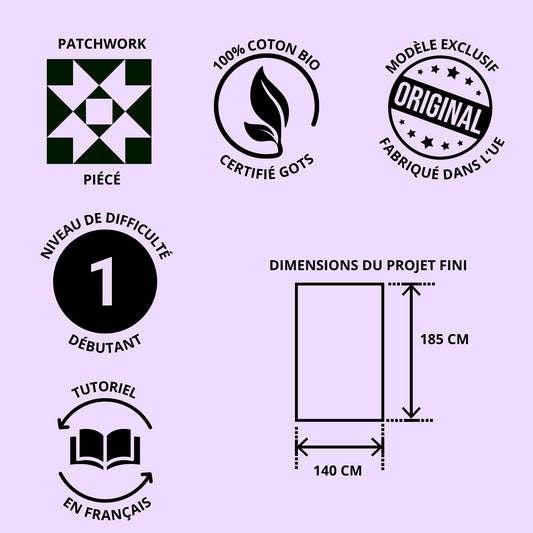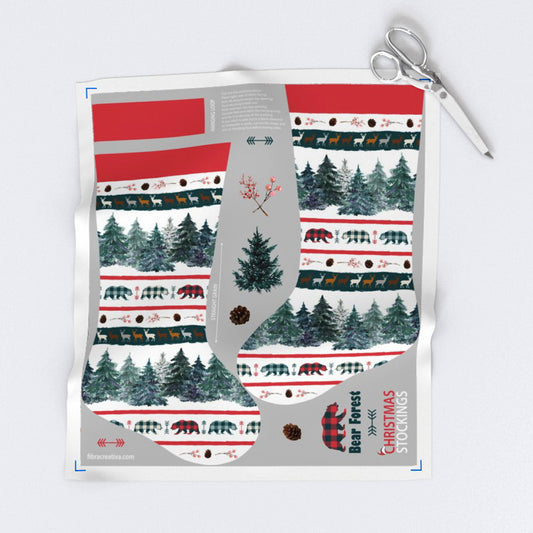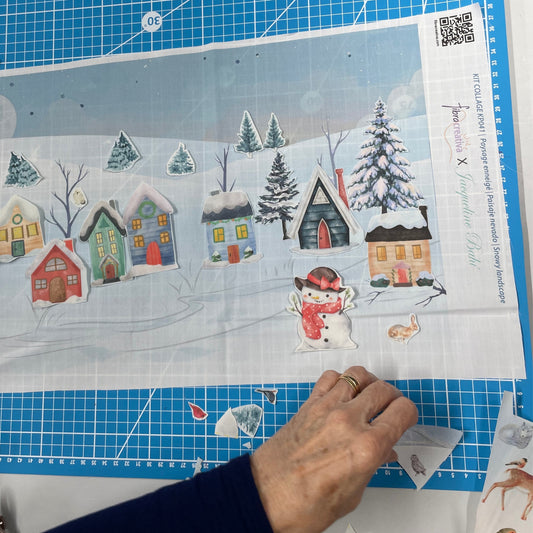Collection: Beginner patchwork quilt kits
Explore our original collection of patchwork quilt kits for beginners: easy and quick projects to make, perfect for starting and progressing in patchwork and quilting while creating pretty patchwork items to decorate your home and give as gifts.
Cushions, table runners, small modern patchwork throws, adorable baby blankets... Discover all our exclusive patchwork patterns for beginners, created in our studio.
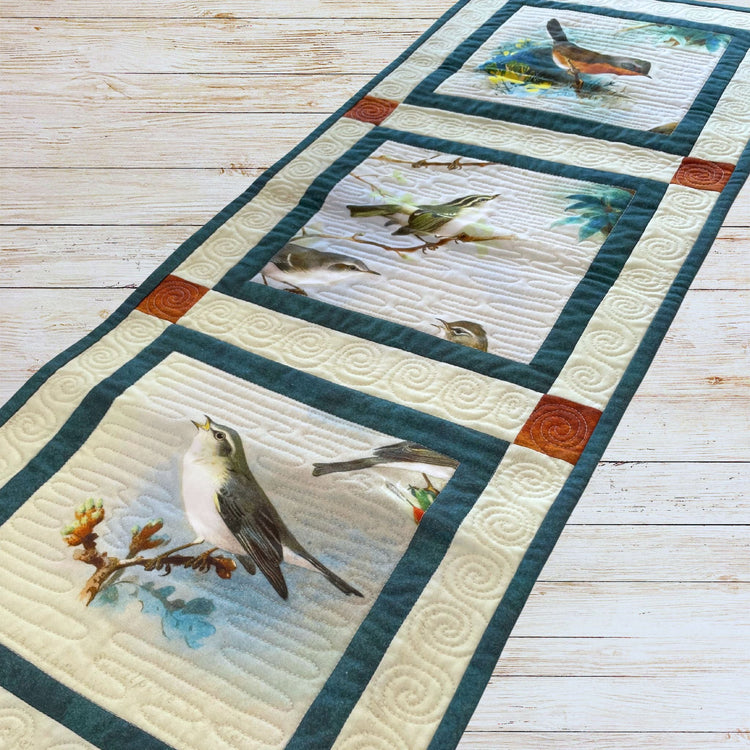
-
Patchwork applique kit Merry Christmas Tree fabric collage for beginners
Regular price €27,90 EURRegular priceUnit price / per -
Complete beginner patchwork kit - Table runner with painted birds in organic cotton
Regular price €44,90 EURRegular priceUnit price / per -
Beginner patchwork kit - personalized photo quilt in blue white
Regular price €84,00 EURRegular priceUnit price / per -
Modern beginner patchwork quilt Merry Christmas green red white
Regular price €49,00 EURRegular priceUnit price / per -
Patchwork quilt kit floral by Vincent Van Gogh in organic cotton
Regular price €89,00 EURRegular priceUnit price / per -
Quilt kit for girl personalized with name and 12 photos pink organic cotton
Regular price €115,00 EURRegular priceUnit price / per -
Personalized children's patchwork quilt kit Pandas and hearts pink gray white organic cotton
Regular price €74,00 EURRegular priceUnit price / per -
Complete sewing patchwork kit Christmas stocking green red fir trees and bears
Regular price €23,90 EURRegular priceUnit price / per -
Personalized men's patchwork quilt kit forest animals
Regular price €94,00 EURRegular priceUnit price / per -
Christmas appliqué kit - Houses in snowy landscape easy DIY collage
Regular price €25,90 EURRegular priceUnit price / per
The advantages of our quilting kits for beginners
-

Quilting kits with fabrics and original complete kits
Our exclusive kits designed for you at the Fibra Creativa studio include all the matching fabrics printed with our original patterns or an optional fabric choice for the reverse side.
If you love modern and contemporary patchwork, there is a pattern for you in our collection.
-

Eco-friendly patchwork kits, made in Europe
Environmentally and health-friendly fabrics: GOTS certified organic cotton, linen or linen-cotton blend.
Printed in Europe by our trusted partners.
Zero-waste design and small batch production to avoid waste.
-

Customizable beginner quilting kits
Customize your quilting kit with the first name of the youngest child or photos of your best memories, and create a first patchwork that is absolutely unique and singular!
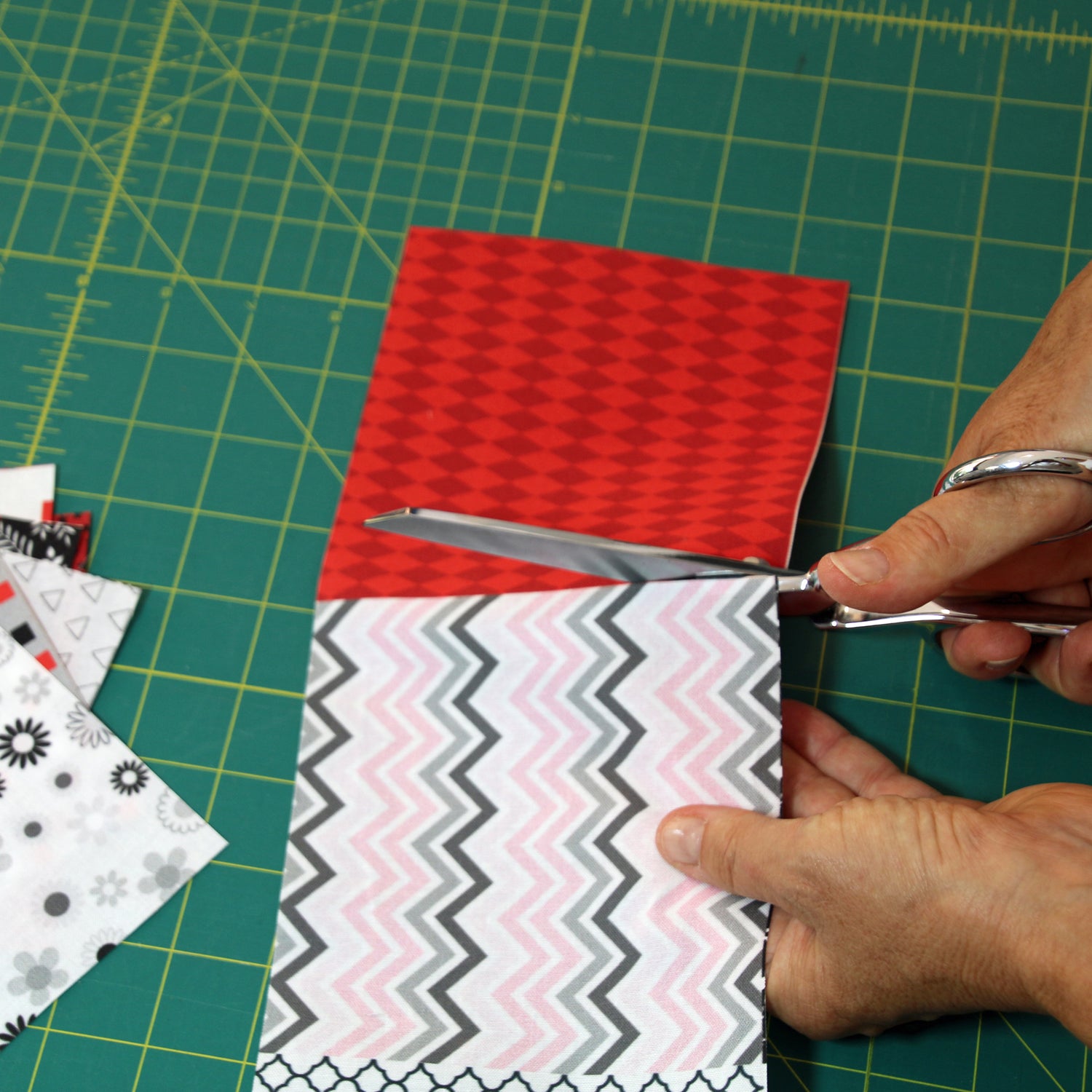
Really easy to make quilting kits
Our kits are designed to make things easier for you at every step. You receive a printed organic cotton fabric panel ready to cut and assemble.
- quick simplified fabric cutting
- few measurements, or even none, and a a perfect result
- tutorials to guide you
Discover the pleasure of starting quilting without complications!
Fran'stips to help you choose the kit that suits you
How to choose a beginner quilt kit?
Why buy a patchwork kit to start?
Gathering separately all the necessary items to make a patchwork pattern (finding the right matching fabrics, buying the right amount, etc.) gives more flexibility, but it is not easy, especially when you have little experience.
Buying a quilt kit solves many doubts at once!
What is the content of a quilt kit for beginners?
Buying a quilt kit provides almost everything needed to make the model, but not necessarily everything.
At FibraCreativa, here is what to expect:
- A quilt kit with fabric includes all the matching fabric to make the quilt top (front) and the binding if it is visible on the right side. (The binding is generally excluded from commercial kits, but a poorly chosen binding harms the aesthetics of a quilt, so we prefer to include it).
- For the back of the quilt (and the binding if it is entirely turned to the back), generally, especially for throws and blankets, a matching fabric is offered as an option, in some cases customizable with a name or text.
- A complete patchwork kit includes all the fabric needed for the top, back, and binding. This is often the case for small kits like cushions, table runners, baby blankets.
- The batting or wadding is generally not included, except for some very small complete kits or when special batting is required.
- Sewing threads and quilting threads are not included, except in exceptional cases.
- In some models, accessories like buttons or zippers may be included.
The product sheet of each kit details the exact contents.
In addition to these materials, you need basic sewing and patchwork equipment to measure, cut, and sew (ruler, cutter, scissors, needles, sewing machine, etc.). Our beginner kits do not require special tools beyond basic equipment.
Do I need a sewing machine?
Our modern patchwork kits are designed to be assembled with a sewing machine. However, if you do not have a machine, you can perfectly sew by hand. Beginner kits are generally small or medium-sized, so not too long to sew.
In this case, I recommend marking the sewing line 5 mm from the edge on the wrong side of the fabric to help you sew straight seams. With a machine, this is not necessary, as the distance between the needle and the edge of the presser foot serves as a guide.
What kind of beginner are you (really)?
In the "beginner kits" category, there are various levels of difficulty, just as there are different types of beginners. To guide you, here is a little quiz:
Your level of experience:
- You are a true beginner (this is your first project)
- You already have some experience and basic knowledge in patchwork
- You know how to sew but have never done patchwork
Your temperament and preferences:
- You prefer projects that you can complete without difficulties.
- You like to have things well in hand but a bit of discovery suits you.
- With an adventurous temperament, you love challenges.
If you answered mostly 1 and 2, it is better to choose projects really designed for beginners, such as the beginner kit table runner with birds.
A majority of 2 and 3, your choice expands to kits classified as beginner/intermediate or even intermediate.
What is your availability (and your level of patience)?
Practicing patchwork means learning (or relearning) to take the time to do things well with your own hands, calmly, without rushing. It is, moreover, an ideal activity for de-stressing... provided you do not try to do in one hour what should take half a day!
To avoid frustration, it is very useful to realistically assess the time you can devote to your new favorite DIY hobby. Then read the completion times indicated in the descriptions of patchwork kits. If this information is missing, or if you prefer to judge for yourself, in the following sections, I explain how to assess the difficulty and the time needed to complete a project.
Are beginner kits suitable for children and teenagers?
Yes, absolutely.
Beginner kits are suitable for children from 8-10 years old, as soon as their fine motor skills are sufficiently developed. They can then learn to use a sewing machine (under supervision) and follow structured projects. Helping mom or dad make a baby quilt for a little brother or a newborn little cousin is very rewarding!
Teenagers have the dexterity and concentration needed to tackle even more complex patchwork and quilting projects. They can start and progress in the same way as adults, choosing projects (often modern patchwork) that match their tastes.
Choose a patchwork project of the appropriate size to start with
In general, it's not a good idea to start with a large quilt (believe me, that's what I did at my very beginning).
- More fabric to sew takes more time. And when you're a beginner, you're not really fast.
- Above all, quilting is much more complicated on a domestic machine (unless you entrust it to a professional equipped with a longarm machine) and very, very long by hand.
Even if you want a large homemade patchwork bedspread, it's better to practice first with smaller projects, quicker to make and manageable. Here are some examples:
- Patchwork cushion
- Table runner with birds
- Baby blanket in patchwork
- Small Christmas throw
Assembly technique and difficulty level: how to choose to get started with patchwork?
To assemble the top, or the most visible part of a quilt or patchwork, use:
- piecing, which is the most common way to assemble patchwork, by sewing together pieces of fabric, most often geometric shapes
- appliqué, which consists of placing and fixing pieces of fabric (often organic shapes) onto a background fabric
- A combination of the two, the top being first pieced then appliquéd.
Additionally, piecing and appliqué can be done by hand or machine. Generally, the first is considered simpler, but this is not always the case; it depends on the type and your experience: these techniques are so different that one can be perfectly comfortable with machine piecing and a complete beginner in hand appliqué, or vice versa!
So be sure to note not only the indicated difficulty level of the pattern but also the assembly technique. In the sheets of our patchwork kits, you will find all these indications.
The difficulty level of quilting or matelassage
In the description of a "patchwork and quilting" project and the difficulty assessment, quilting, literally matelassage, is often neglected or left unmentioned.
However, it is often the most difficult for beginners! And when the explanations are limited to a brief "quilt to your liking," many quilters remain at least perplexed.
While it is true that there are many ways to quilt a quilt, ranging from (quite) easy to very difficult, some patterns really need beautiful stitching to shine, while others manage just fine with basic matelassage.
In the product sheets of FibraCreativa kits, the difficulty level of the matelassage is indicated. And in our tutorials, several options are suggested and explained.
Explanatory sheet, tutorials and videos: beginner manuals
All help with making a quilt is welcome when you still lack experience. In my early days, we made do with a brief sheet, which assumed that we mastered the basics (which was not always the case, hum, hum..)
Today we sometimes have a much wider range of informational supports, each with its advantages:
- The video tutorial is very trendy. Some are very useful, others are not very helpful. In my opinion, video is perfect for giving a general idea of the process and for showing precisely how to perform a specific task. For precise measurements, nothing beats a good old text.
- The step-by-step tutorial online (texts and photos or diagrams) has the advantage that measurements and steps are clear, and you can easily go back to the points that interest you.
- The tutorial or explanatory sheet in PDF, similar to the previous one, is sometimes more concise, and comes in a format ready to print on A4 sheet (or already printed).
Each support having its advantages and disadvantages, the ideal is a combination of written and video format.
All our patchwork kits come with a tutorial in French. Some also have a video.
Patchwork kits in centimeters or inches: beware of imported kits
Since our kits are created in our studio in Catalonia, all measurements are in centimeters. Additionally, most of our clever beginner kits require little or no measuring: time-saving and reduced risk of error!
But beware, many kits sold in France and Europe come from the USA, a major publisher of fabrics and patchwork and quilting kits, which still has not adopted the metric system, more than 2 centuries after its creation. These patterns and kits therefore have instructions in English , with measurements in yards and inches (inches).
Even when the instructions are translated, since converting inches (or inch) to centimeters is tricky to calculate and does not come out exact (1 inch = 2.54 cm), the explanations remain in inches.
If you have measuring and cutting tools in inches, and you like calculations, you can manage. Otherwise, it is really confusing, even for experienced quilters. Not recommended at all for beginners. With our patterns, no problem, you are on familiar ground, measured in centimeters.
All our patchwork kits
-
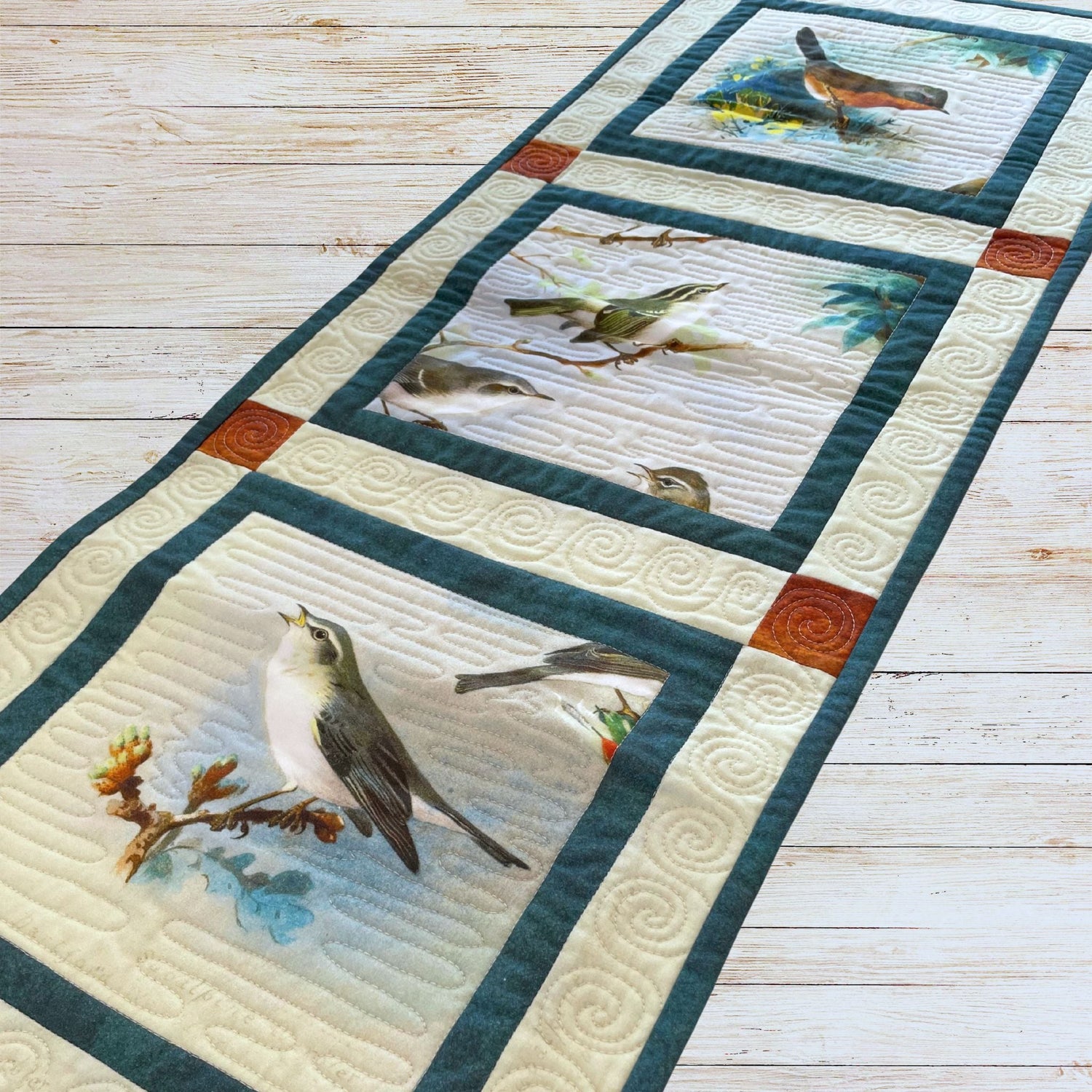
Explore our original collection of patchwork quilt kits for beginners: easy and...
-

Christmas patchwork quilt kits
Discover our original collection of Christmas patchwork quilt kits, to easily create...
-
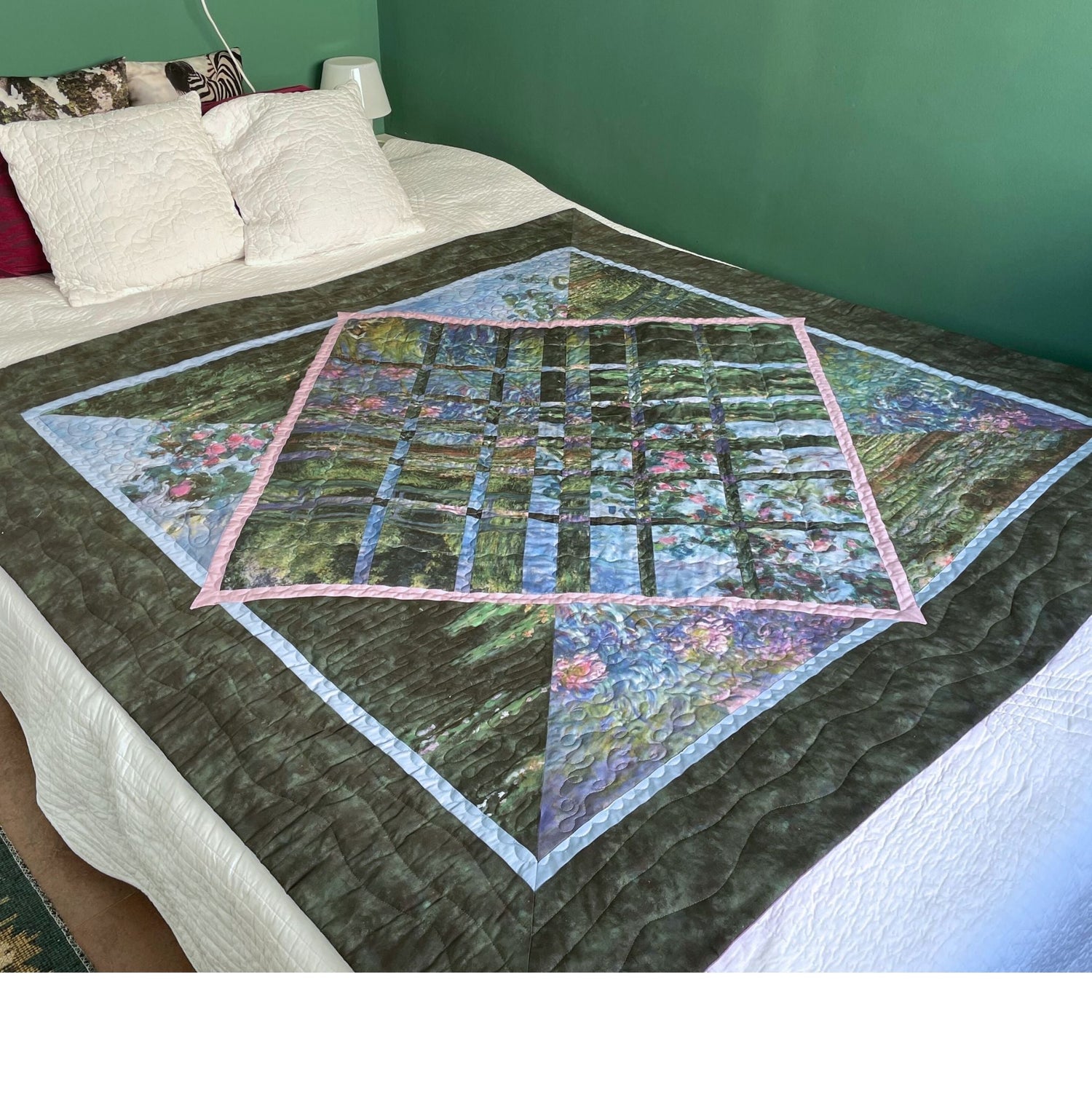
Patchwork quilt kits - blankets, throws and bedspreads
Discover our collection of patchwork kits to make yourself beautiful blankets of...
